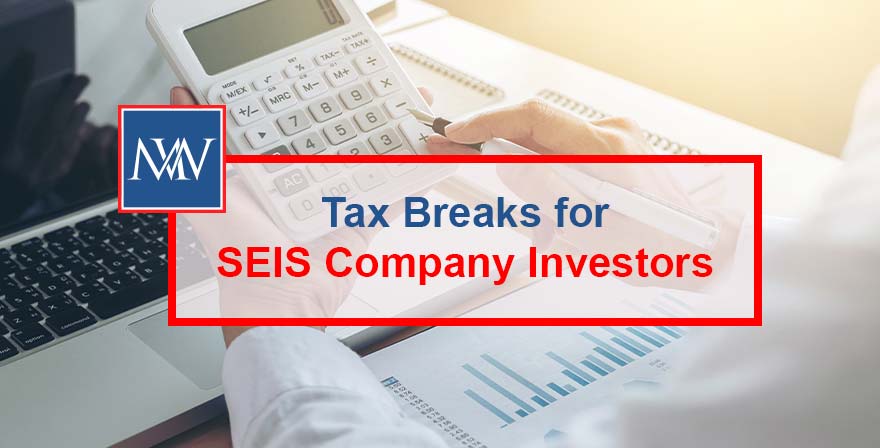Investors who have nothing to do with the company can get 30% of the amount they put into qualifying EIS companies back as income tax relief, up to £1 million per tax year (or up to £2 million if at least £1 million of that is put into knowledge-intensive companies). So, an investor’s income tax bill would go down by £3,000 if he or she invested £10,000.
The tests for connected people are hard. For instance, directors can’t get EIS tax relief if they are paid by the company at the time the shares are given out, unless the payment is a “permitted payment.” Under the “business angel” rule, however, they could become a paid director after investing.
As long as the shares are held for at least 3 years, the income tax relief is kept and there is no capital gains tax on any gain from selling the shares.
You can also put off capital gains from selling an asset by putting the money from the sale into EIS shares.
Tax Breaks for SEIS Company Investors
Investors who have nothing to do with the company can get a tax break equal to 50% of the amount they put into SEIS companies that qualify, up to £150,000 per tax year. So, an investor’s income tax bill would go down by £5,000 if he or she invested £10,000.
The connected persons tests are hard to understand and are similar to the EIS rules. However, SEIS tax relief can be claimed by directors.
As long as the shares are held for at least 3 years, the income tax relief is kept, and if the shares are sold for a profit, there is no capital gains tax to pay.
SEIS investors can also count 50% of the amount they put in against their capital gains for that year. So, if someone invested £10,000, they could deduct £5,000 from their capital gains that year in addition to saving £5,000 on their income tax.
Please talk to us about how your business could benefit from SEIS or EIS.

